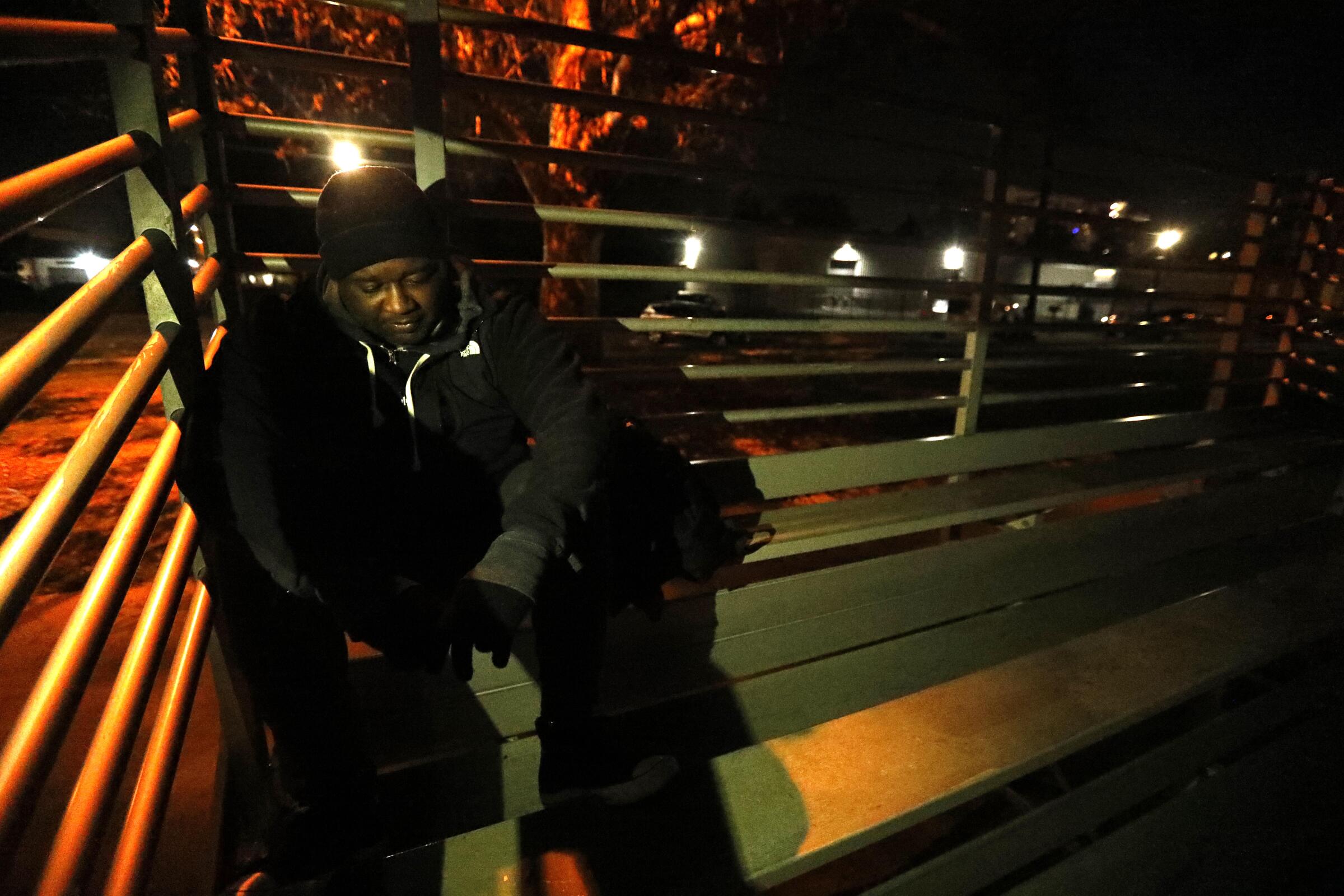Newsletter
Sign up for Essential California
The most important California stories and recommendations in your inbox every morning.
You may occasionally receive promotional content from the Los Angeles Times.
Follow Us
Benjamin Oreskes is a former staff writer for the Los Angeles Times. He covered state and national politics, City Hall, homelessness and wrote the Essential California newsletter. Before coming to The Times in February 2017, he covered foreign policy at Politico in Washington, D.C.










